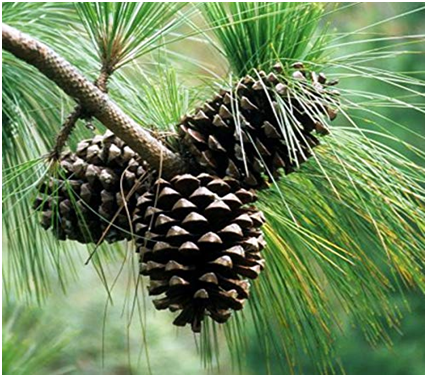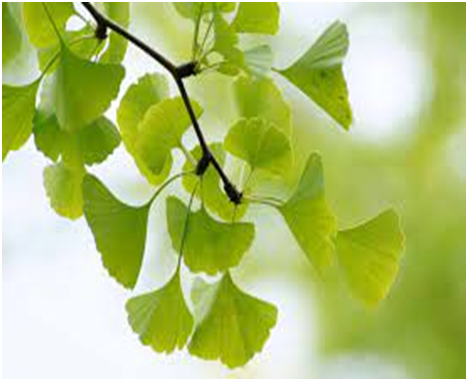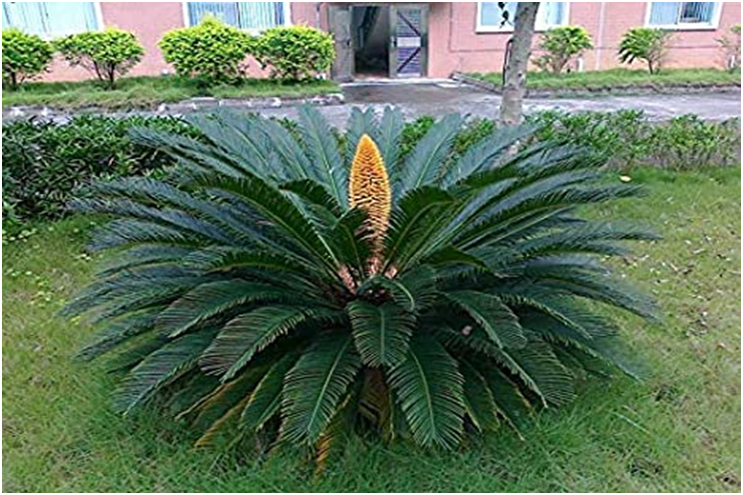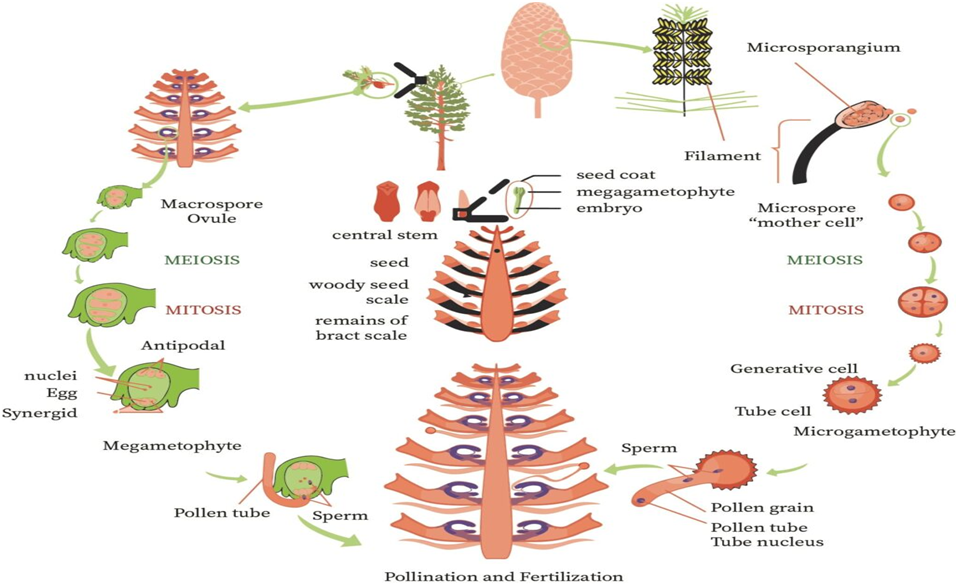Gymnosperm
Any vascular plant that reproduces by means of an exposed seed, or ovule, is referred to as a gymnosperm. Many gymnosperm seeds are carried in cones and are not visible until they reach maturity. Both before and after fertilization, the ovules are not contained by any ovarian wall and remain visible. The seeds that form after fertilization are unprotected, or naked. Gymnosperms are medium- to tall-sized trees and shrubs. The gigantic redwood tree Sequoia, a gymnosperm, is one of the world's tallest tree species. Taproots are the most common type of root. Some genera have mycorrhizal fungi connected with their roots (Pinus), while others have small specialized roots (Cycas) termed coralloid roots that are coupled with Nitrogen-fixing cyanobacteria.Cycas has unbranched stems, whilePinus andCedrushave branched stems. Simple or complicated leaves are possible. The pinnate leaves of Cycas last for a few years. Gymnosperm leaves are well-adapted to tolerate temperature, humidity, and wind extremes. The needle-like leaves of conifers minimize the surface area. Their thick cuticle and recessed stomata also aid in water conservation.



Figure 7
Gymnosperms generate haploid microspores and megaspores and are heterosporous. Both types of spores are formed in sporangia, which are carried on sporophylls that are spirally arranged along an axis to create lax or compact strobili or cones. Microsporangiate or male strobili contain microsporophylls and microsporangia. The microspores mature into a male gametophyte that is extremely small and restricted to a small number of cells. A pollen grain is a gametophyte that has been reduced in size. The microsporangia is where pollen grains grow. Macrosporangiate or female strobili are cones carrying megasporophylls with ovules or megasporangia. On the same tree, male and female cones or strobili can be found (Pinus).
Male cones and megasporophylls, on the other hand, are produced on distinct trees in Cycas. One of the nucellus cells differentiates into the megaspore mother cell. The nucellus is shielded by envelopes, and the resulting structure is known as an ovule. Megasporophylls carry the ovules, which can be grouped to create female cones. The megaspore mother cell splits into four megaspores by meiosis. One of the megaspores within the megasporangium matures into a multicellular female gametophyte with two or more archegonia or female sex organs. Megasporangium also retains the multicellular female gametophyte.
Unlike bryophytes and pteridophytes, male and female gametophytes in gymnosperms do not have their own free-living existence. They stay in the sporangia that are left on the sporophytes. The microsporangium releases the pollen grain. They are carried by the wind and come into touch with the opening of megasporophyll ovules. In the ovules, the pollen tube containing the male gametes develops towards archegonia and discharges its contents near the archegonia's mouth. The zygote develops into an embryo after fertilization, and the ovules mature into seeds. These seeds aren't protected in any way.


 ACME SMART PUBLICATION
ACME SMART PUBLICATION
